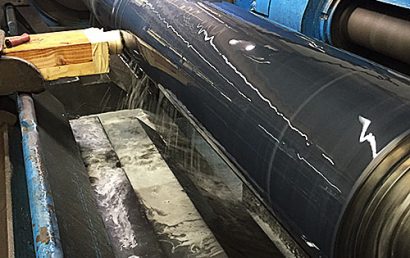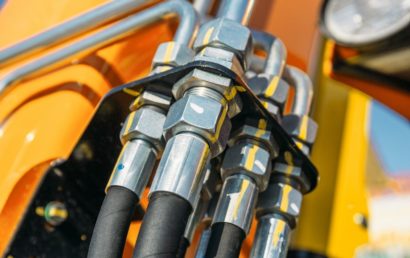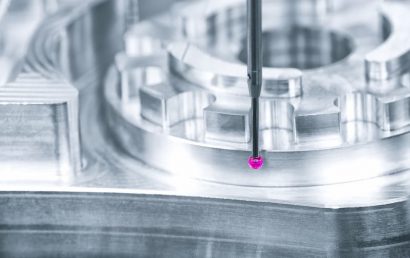How Are Thermal Spray Coatings Different From Cold Spray Coatings?
Question: What do mining, gas, oil, shipping, and aerospace industries all have in common? Answer: When they require replacement or repair, their expensive components cause even more expensive downtimes. Thermal spray coatings that have traditionally been relied on by these industries include flame spraying and arc spraying.
As of the early 1920s, these modalities were in development to enhance and repair original equipment. About 50 years later, in the 70s, arriving in the industry was an alternate technique of equipment repair – plasma spraying. A much more recent development, cold spray processes, saw extended use in the 1990s. High-pressure, portable, cold spray equipment is at the front position of this developing technology.
For your next project, would thermal spray or cold spray be more appropriate?
What Is Thermal Spray
A coating deposition process, thermal spray deposits (sprays) material onto a surface in the form of droplets (either molten or semi molten). By either chemical or electrical means, the materials are heated. A number of materials can be used but typically include polymers, ceramics, and metals. Thicknesses of .1 to 1 mm are typical in thermal spraying, but in limited cases, thicker coatings can be achieved.
Types of Thermal Spray Coatings
There are various application methods where thermal spray is concerned. Here are a few:
- Arc spraying
- Plasma spraying
- HVOF (high-velocity oxy-fuel) spraying
- Flame spraying
Utilizing This Method
Thermal spray coatings are similar to cold spray coatings in that they do the following to the substrate material to which it is applied:
- Creates dimensional surface repairs
- Changes the appearance
- Enhances original material characteristics
In the repair and manufacturing of oilfield equipment, gas turbines, diesel engines, and coating medical implants, thermal spray coatings offer significant assistance.
The fact that coatings can be applied at high deposition rates is one of the main advantages of using thermal spray. As an alternative to chrome and nickel plating, weld overlay, nitride or heat processes, or anodizing, thermal spray can be used.
Many times, rather than replacing a part, thermal spray can be used for repairs. Much like cold spray, this means repair solutions come at a fraction of the cost of new parts. To extend the life of a component, wear resistant coatings can be thermal sprayed.
The limitations that do exist where thermal spray is concerned, in many cases, can be overcome by using cold spray.
What Is Cold Spray?
A coating deposition process, cold spray accelerates powdered material to supersonic speeds. Onto dissimilar or similar material surfaces, this powder can be deposited. Using electrically heated, high pressure carrier gas such as helium or nitrogen, the powders reach their high velocity. Additionally assisting in achieving supersonic speeds is the fact that the powders and gas are sent through a specially designed nozzle. These types of nozzles are also used in steam turbines and jet engines.
Once the particles have impacted the surface, they bond to that target surface courtesy of a plastic deformation process.
Types of Cold Spray
There are basically two types of cold spray including the following:
- LPCS (low pressure cold spray)
- HPCS (high pressure cold spray)
Utilizing This Method
Because there are no toxic fumes – due to the process using no melting or chemical heating – it is known as a green technology. Additionally, energy is saved because parts are repaired rather than replaced, and waste materials can be recycled.
Where part, component, or machine removal for repair simply cannot be accomplished, portable cold spray equipment can be used.Contact us today if you want to know how A&A Coatings can help in your industry. Remember, spray coatings are what we’re all about.



